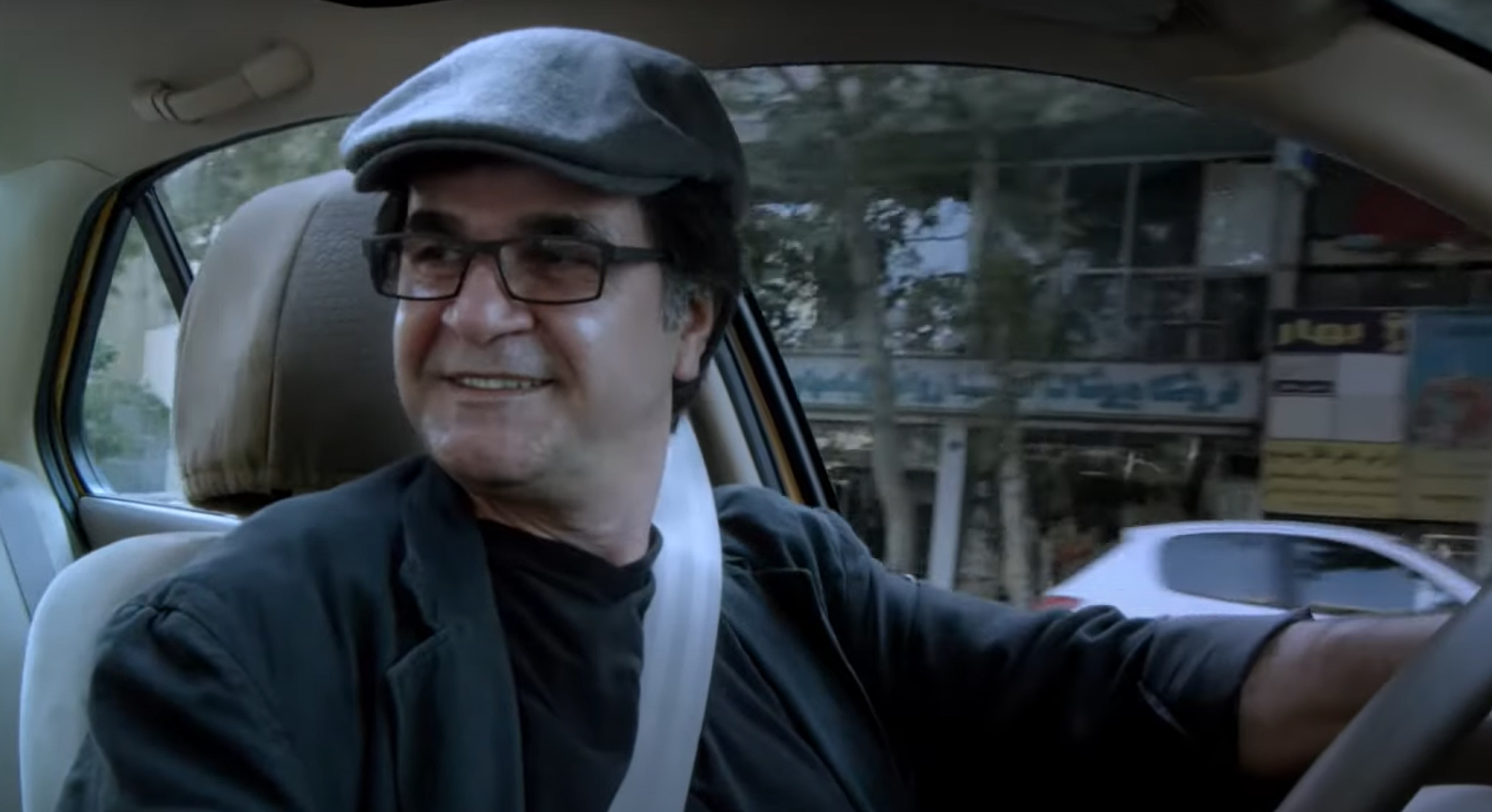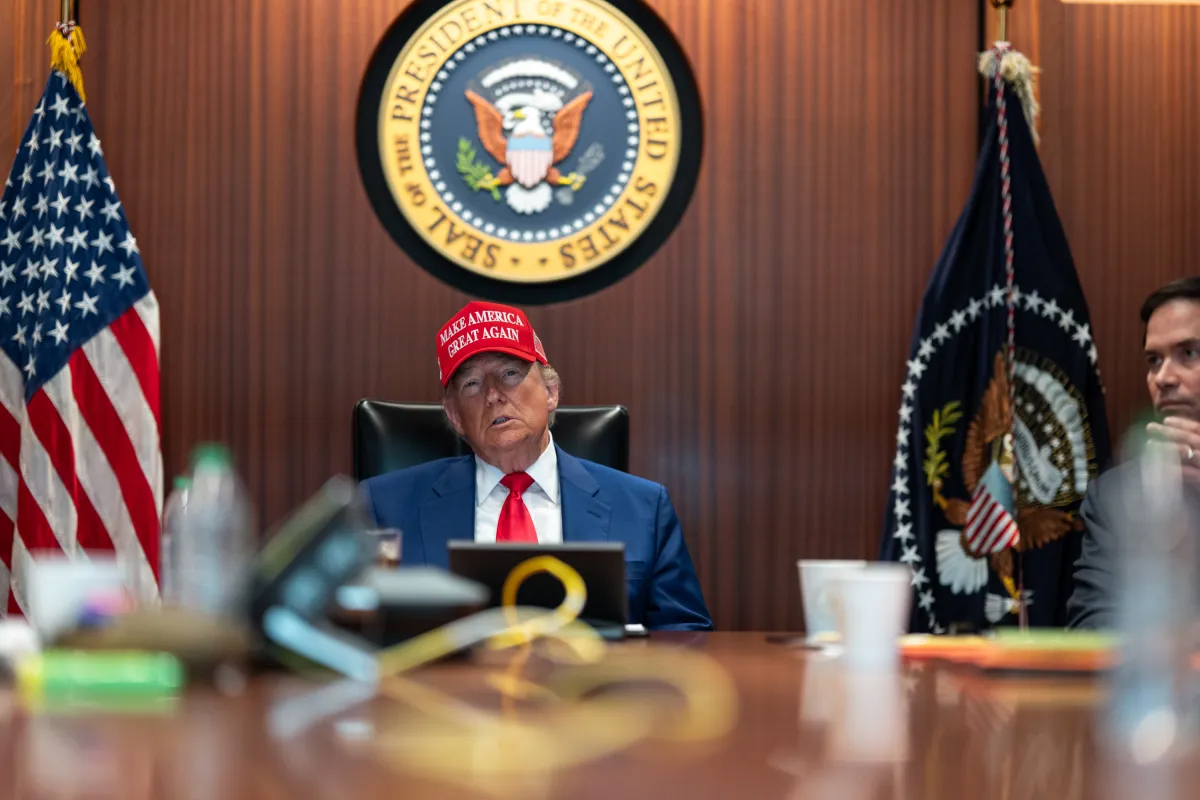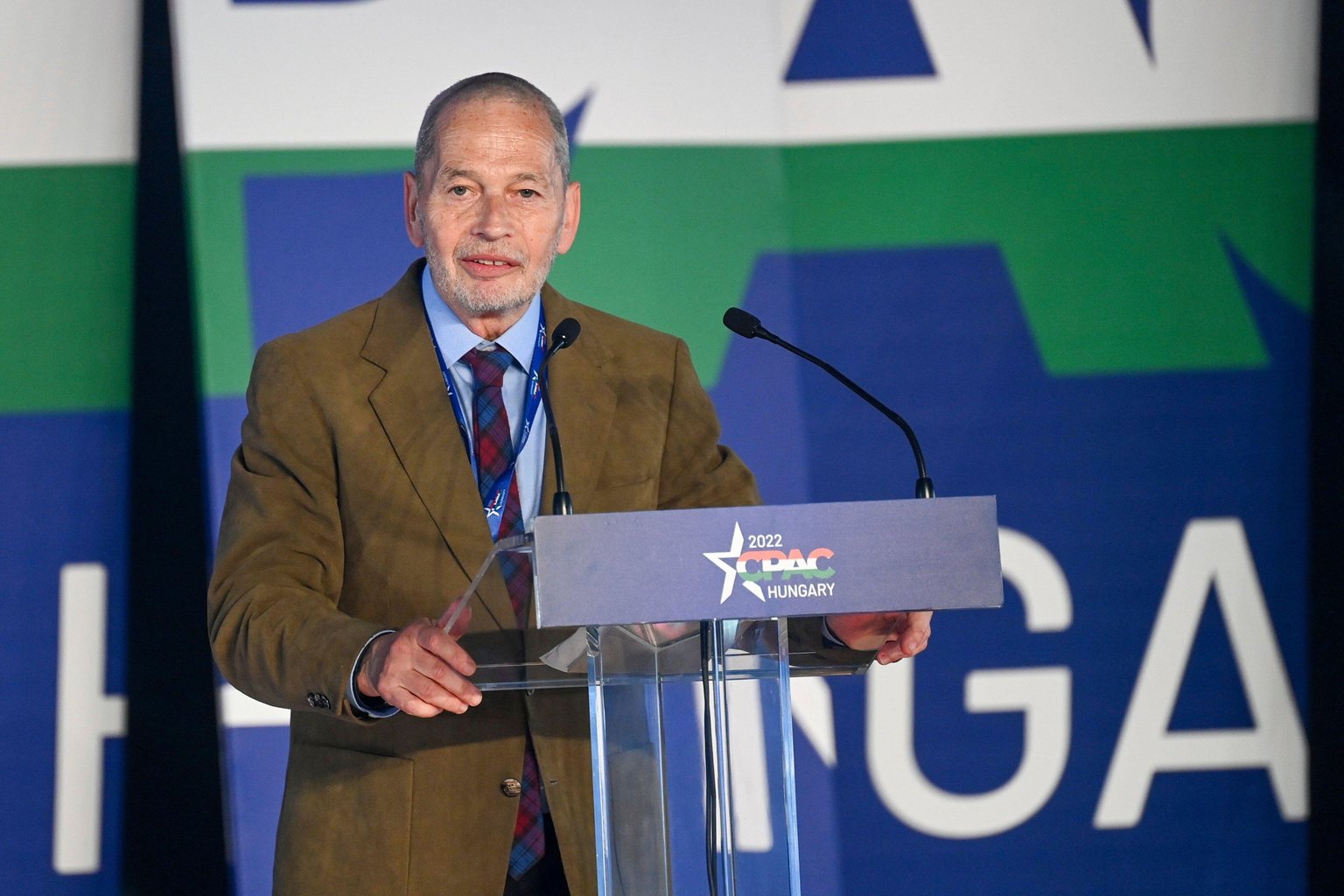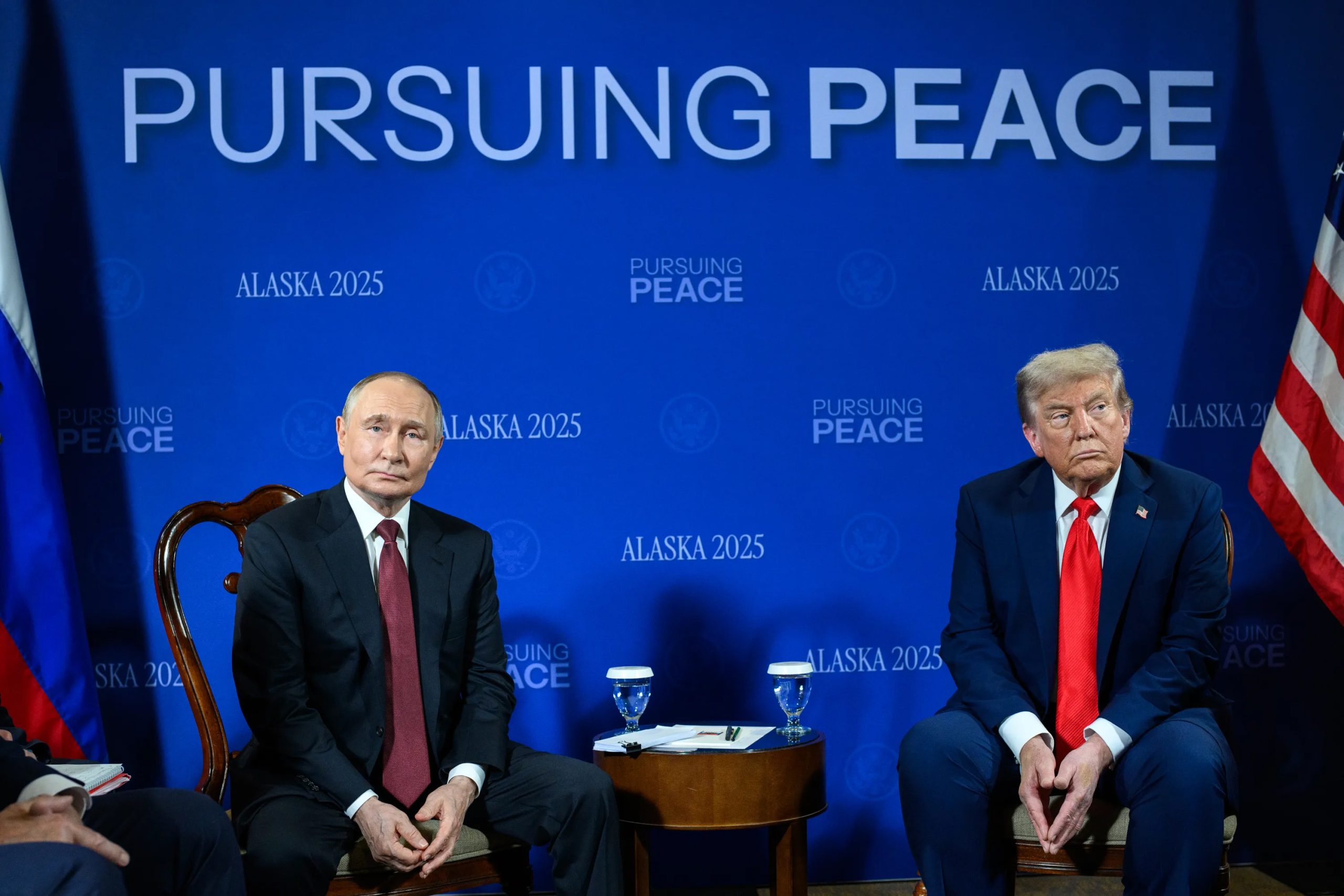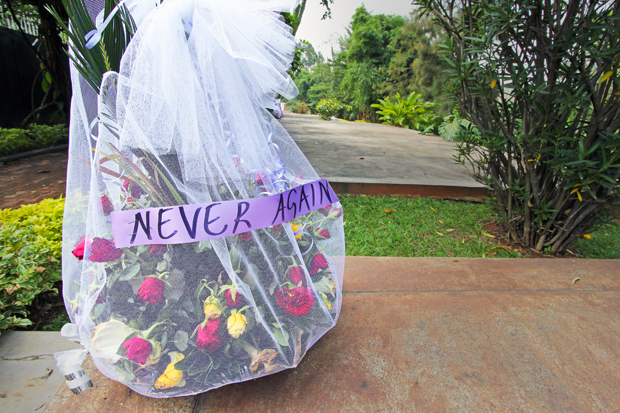
Flowers at the Rwandan Genocide Memorial in Kigali Photo: Shutterstock
April 2014 marks the twenty year commemoration of the Rwandan Genocide that saw over one million Rwandans killed in less than one hundred days. The genocide demonstrated, in brutal terms, how societal divisions could be politicised, and ultimately militarised, to reach political ends. But in the years that have followed, the peace that has emerged is one defined by consolidated state control.
There are reasons to be optimistic. As well as the 2012 revision of the Access to Information law and the softening of the ‘genocide ideology’ legislation, in 2013 the Media Law was reformed. One key improvement is the recognition of self-regulation, as opposed to state-led control, as the primary regulatory framework for media houses and journalists, as well as a number of steps to present the media as both a professional and inclusive entity. These are bold steps forward to both enable and strengthen the media’s capacity to hold the state to account.
The reforms, however, left a number of key restrictions intact. Both Freedom House and Article 19 comment on the continued existence of requiring state approval for the launching of new outlets, as well as state-led definitions of legal duties required of journalists. Concerning the latter, Article 19 goes on to state that there is “a lack of clarity in the law about exactly who will enforce these obligations.”
When it comes to analysing both the events and legacy of 1994, the state remains prominent. Freedom House, in their 2013 Freedom on the Net summary, identified that the “Government-run Media High Council systematically monitors all print and broadcast media coverage during the country’s annual genocide mourning period every April.” We will have to wait and see if this occurs in 2014, but the state apparatus appears flexible and fluid enough to adapt quickly to the changing face of journalism – Freedom House noted that April 2012 marked the advent of online and social media monitoring.
In the monitoring report from 2012, the Media High Council, while praising the media as a whole for its coverage of the commemoration, singled out BBC Gahuzamiryango, stating it “[disseminated] genocide ideological issues” with content such as:
I recognize the Genocide against Tutsi, and I pay tribute to killed Hutu as well; yet, they only commemorate Tutsi.”
The legacy of the genocide, while affecting every community – many Hutus were among those killed, no one was truly left untouched – is a narrative defined and controlled by the state.
One of the main aspects that enabled violence to spread across Rwanda so quickly in 1994 was how perceived divisions between Tutsis and Hutus could be co-opted by state mechanisms, militias, elders, community leaders and the media. But does a centralised state-led narrative, strengthened in part by the criminalisation of genocide ideology, confront this divisionism or, in fact, does it pit free speech and the legacy of the genocide at odds with each other?
Prior to these reforms, journalists and media outlets have faced a range of punitive measures, including fines, incarceration and, at times, violence – in 2012, a radio presenter was incarcerated for 3 months for mixing up the Kinyarwanda terms for “victims” with that of “survivors”. While the reforms go some distance to protect journalists and media outlets, the true test of these reforms lie in how the relationship between media bodies and the state is to be reconfigured.
There have been well-documented disappearances, attacks and assassinations of prominent Rwandan journalists, civil society leaders and opposition-leaders in exile. While there is limited evidence directly implicating the Rwandan state, key officials have made statements regarding the fate of a number of these targets. In January 2014, this message was posted on the official twitter account of the Rwandan presidency, after the assassination of Patrick Karegeya, former head of Rwanda’s external intelligence services:
Those who criticize Rwanda know how far they go to protect their own nation.
This nexus between ‘criticism’ and national security, illuminating the ghost of 1994, offers a dangerous precedent for journalists and media houses. Criticism cannot divide the state and the media. If the move towards self-regulation is to fulfil its promise, the reform’s implementation is of utmost importance. Instead of feeling the need to be protected from the state, to be able to properly hold the state to account, the media needs to feel protected by the state.
No community was left unaffected by the events of 1994. Indeed its lingering effect is still felt across the entire region. These reforms are a positive step forward, empowering the media to take an active role in building dialogue and facilitating debate on the events and legacy of 1994. But as self-regulation establishes a foothold, how the state reacts to it will determine the true nature of media freedom in Rwanda for this year’s commemoration and all those that follow.
This article was posted on 17 March 2014 at indexoncensorship.org


